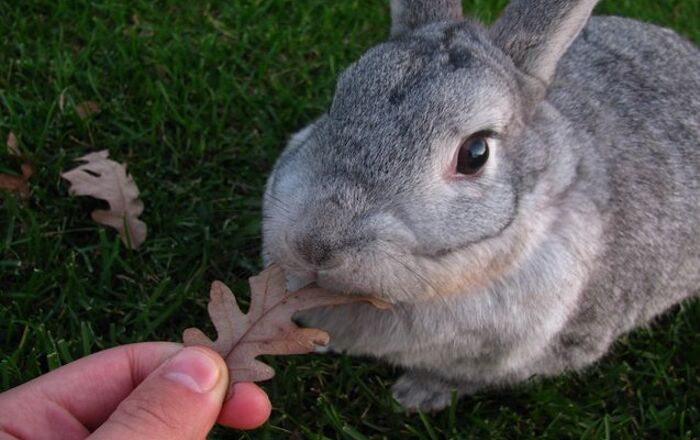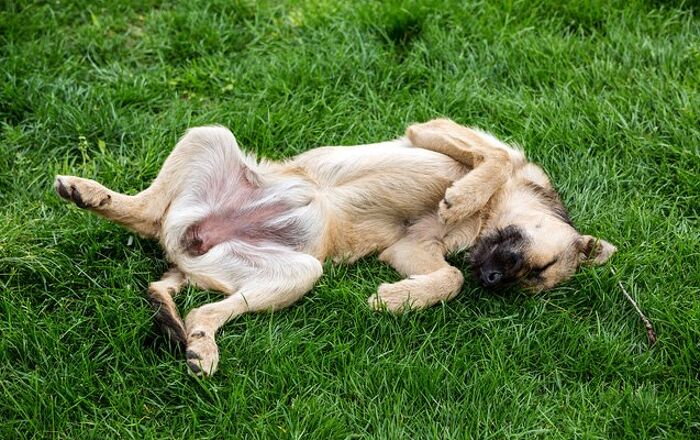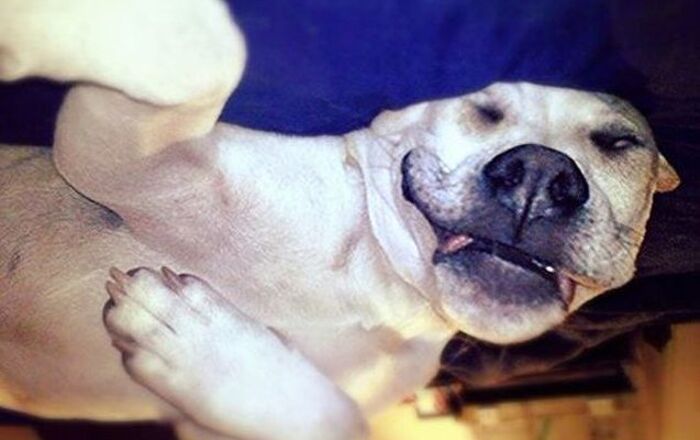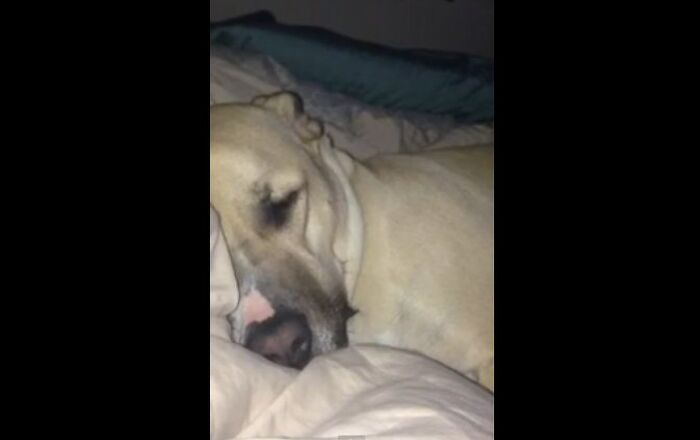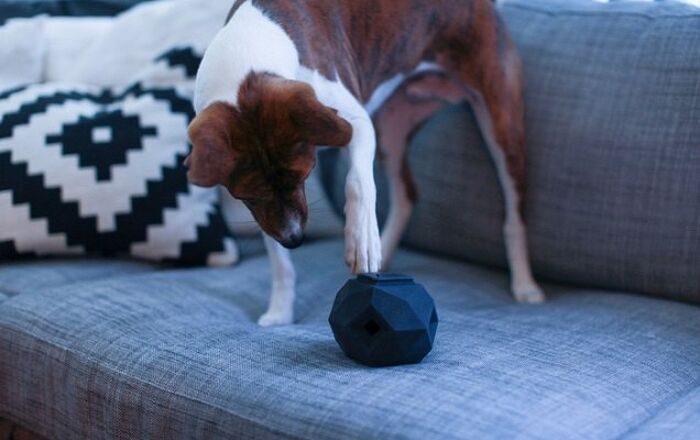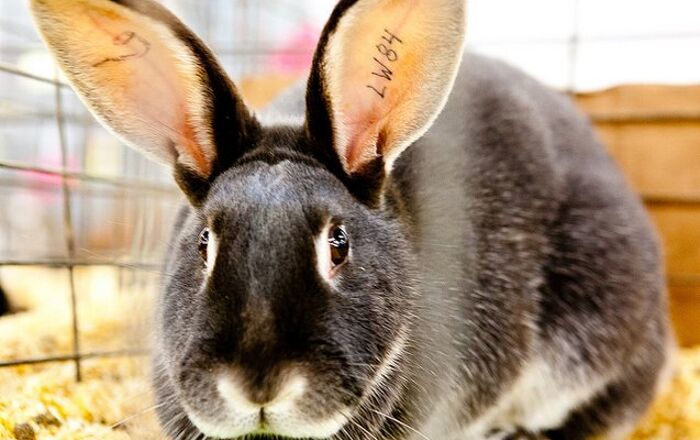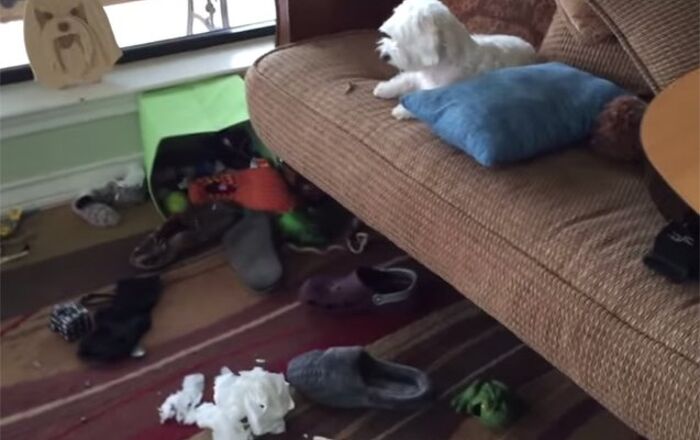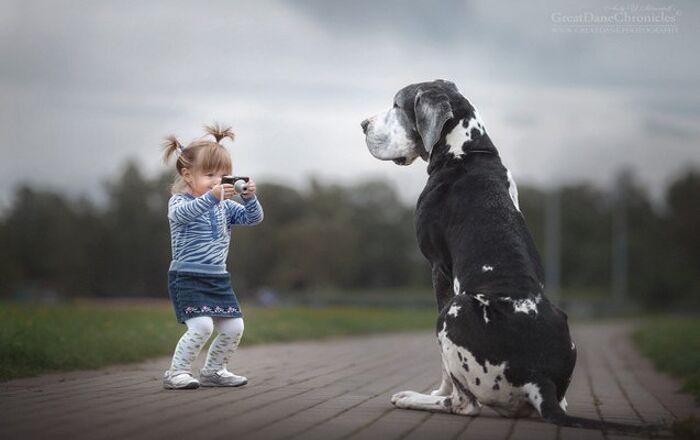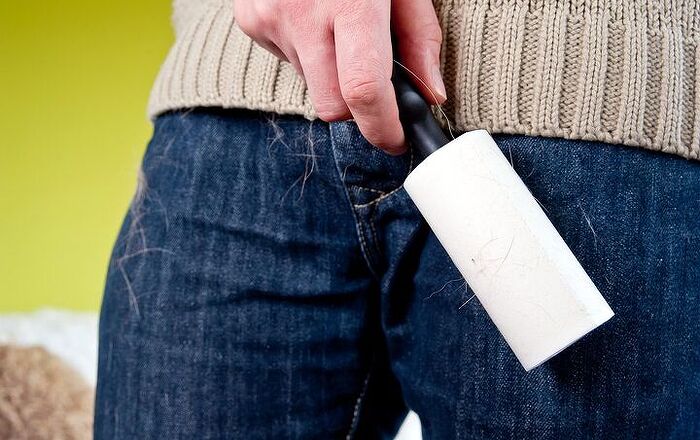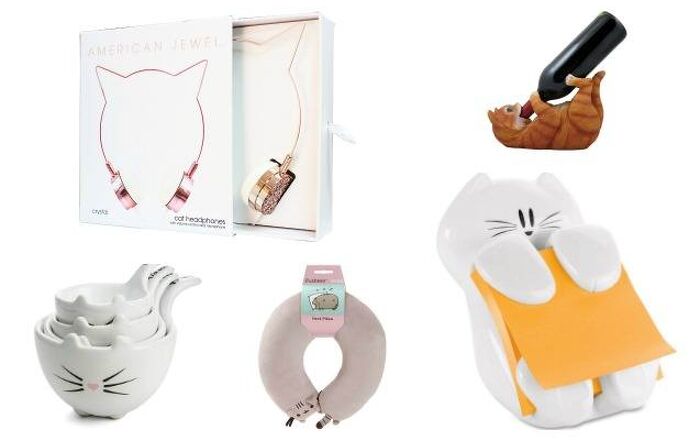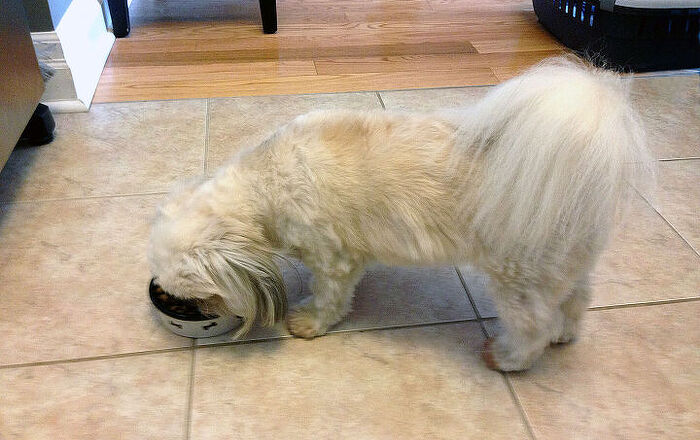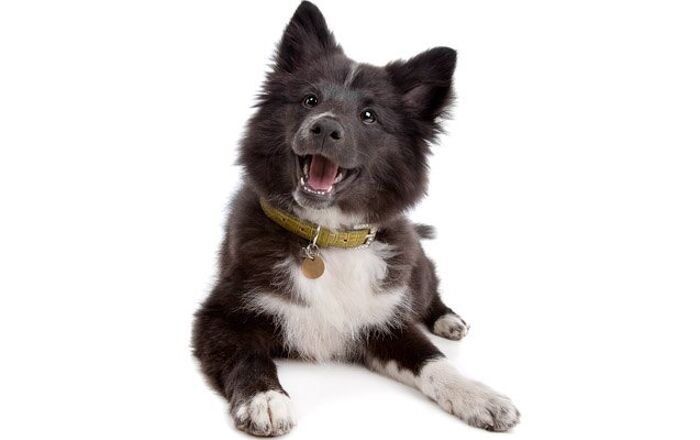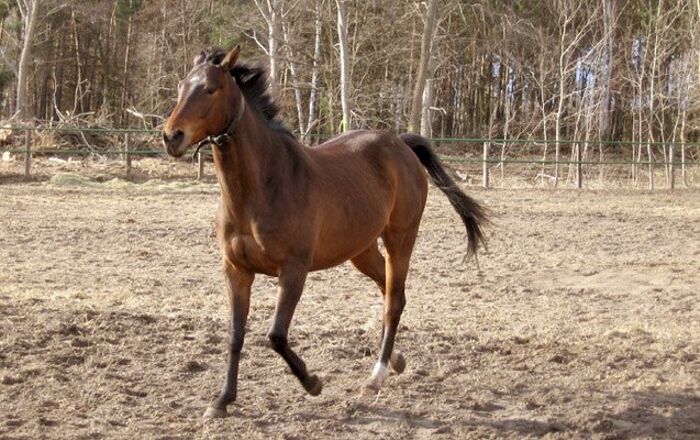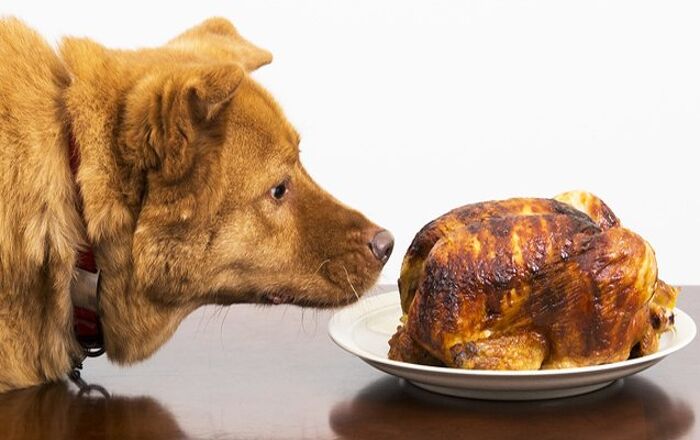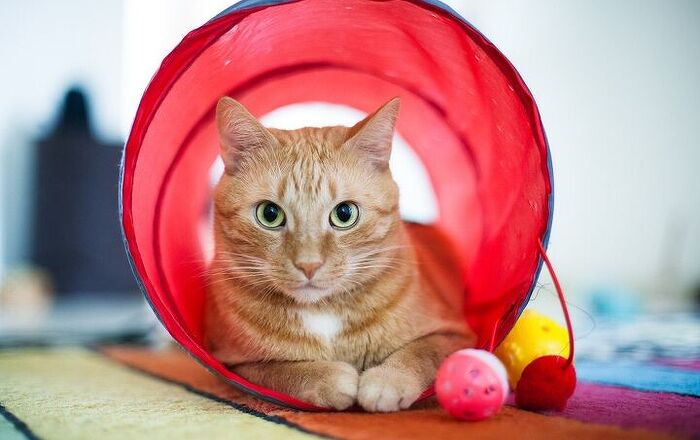
Spanish Pointer Basics
More commonly known as the Burgos Pointer, the official name for this breed is Perdiguero de Burgos. This breed is one of several pointing breeds which were developed to “point” game. Pointing breeds like this one are easily recognizable as such because they have a long head and a pointed tail – their entire body is streamlined to a point. The Spanish Pointer in particular has darker coloring than the English Pointer but its body shape is still clearly Pointer-like.
More commonly known as the Burgos Pointer, the official name for this breed is Perdiguero de Burgos.
Origin
The Spanish Pointer is a large hunting breed that is thought to have originated in the 1500s. This breed may have descended from the Old Spanish Pointer in the province of Burgos in an area of Spain known as Castile. This dog is thought to have been used to develop other large pointing breeds.
Related:English Pointer
Pedigree
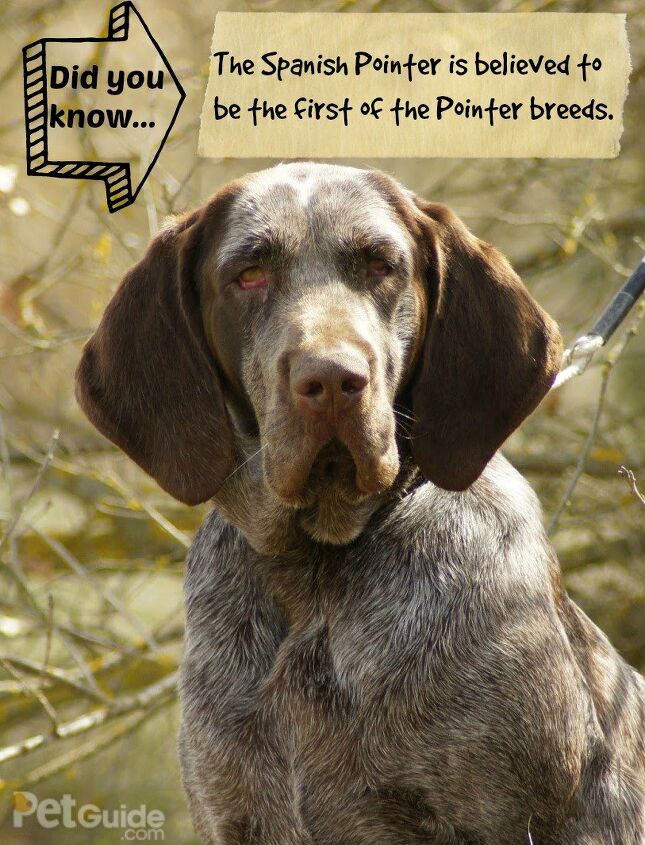
The Spanish Pointer is thought to have descended from a mix of the Pachon Navarra (Perros de Punta Ibericos) and the Sabueso Espanol. This dog is thought to have been used to develop other large pointing breeds.
Food/Diet
The Spanish Pointer is a large hunting dog and, as such, it should be offered a dog food formulated for large-breed dogs. It is also important to note, however, that the breed is a hunting dog and therefore fairly active. If you use your dog for hunting or other dog sports, you may want to offer him a commercial dog food formulated for active dogs.
The Spanish Pointer is a hunting breed so it does well when it is trained to perform a certain job.
Training
The Spanish Pointer is a hunting breed so it does well when it is trained to perform a certain job. These dogs are also intelligent, so they typically respond well to training. Positive reinforcement training methods are preferred and socialization is just as important as training from a young age. As long as you maintain a firm and consistent hand in training, your Spanish Pointer will learn quickly.
Related:German Shorthaired Pointer
Weight
A female Spanish Pointer typically stands between 23 and 25 inches tall while the male stands between 24 to 26 inches tall. Spanish Pointers generally weigh between 55 and 66 lbs.
Temperament/Behavior
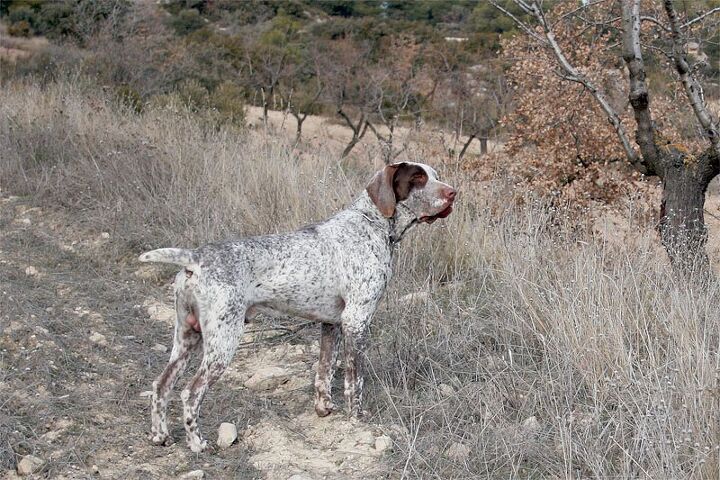
The Spanish Pointer is naturally a gentle and quiet dog. As a pointing breed, these dogs signal their prey to hunters by pointing rather than barking. Spanish Pointers are not startled easily and they are typically not aggressive. When raised with children, they can get along well and they generally make good family pets. As long as this breed gets enough exercise it will do well as an indoor dog, but they generally do better in larger homes or houses with yards than they do in urban settings.
Common Health Problems
For the most part, the Spanish Pointer is a healthy breed that has a life expectancy as long as 15 years. As is true for all dogs, however, Spanish Pointers are prone to developing certain health problems. Responsible breeding practices including genetic testing can help to reduce the instance of genetic conditions. Some of the conditions to which the breed is prone include cherry eye, hip dysplasia, epilepsy and allergies.
Life Expectancy
The average life expectancy of the Spanish Pointer is between 12 and 15 years.
Exercise Requirements
Because the Spanish Pointer is a hunting breed it is generally active. Dogs with high energy levels like the Spanish Pointer require a good deal of daily exercise to prevent them from developing problem behaviors. Spanish Pointers require at least 30 minutes of moderate exercise each day along with some active play time. They will also appreciate outdoor play time if they can run in a fenced-in yard.
The Spanish Pointer is naturally a gentle and quiet dog.
AKC
The Spanish Pointer is not currently recognized by the AKC. It is, however, recognized by both the FCI the United Kennel Club as part of the Gun Dog Group.
Coat
The Spanish Pointer differs from the English Pointer in its coloring. English pointers are typically white-and-tan or white-and-liver but Spanish Pointers have more dark brown in their coloring. Spanish Pointers typically have short coats of smooth hair that can be a little bushy. There are two color variations for the Spanish Pointer. One variety has a brown coat with white spotting and the other is brown with darker brown staining.
Puppies
If you plan to use your Spanish Pointer for hunting or other dog sports, you should start training while the puppies are still fairly young. Socialization is also important from a young age to ensure that these dogs get along well with other dogs. If you have small household pets, it is also important that you introduce your Spanish Pointer as a puppy because these dogs have a naturally high prey drive. When raised with cats and other pets, however, they can do well together.
Photo credit: Canarian/Wikimedia; perdiguerodeburgos.info

